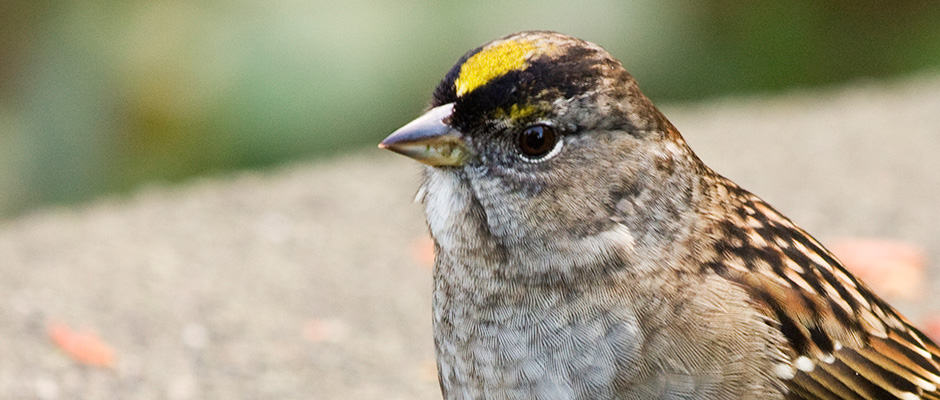Share this article
Researchers Identify Birds Hosting Lyme Disease
Researchers have discovered several bird species that host ticks carrying Lyme disease bacteria in northwestern California as well as another pathogen that causes chronic illness in humans.
“The role of birds in the maintenance of Lyme disease bacteria in California is poorly understood,” said Erica Newman in a release. Newman is a UC Berkeley Ph.D. student in the Energy and Resources Group at the University of California, Berkeley and lead author of a recently released study that “did a molecular study of bird blood, ticks present on the birds, and the associated species of bacteria that they were hosting.”
“This is the most extensive study of the role of birds in Lyme disease ecology in the western United States, and the first to consider the diversity of bird species, their behaviors and their habitats in identifying which birds are truly the most important as carriers.”

UC Berkeley researcher Erica Newman, pictured in front of chaparral, where she studies bird communities. Chaparral biodiversity, including bird communities, is largely understudied because of the difficulty of detecting wildlife in dense shrub habitats.
Image Credit: David Hembry
Using mist netting, Newman and others in the team trapped over 623 birds from 53 different species from 14 sites in the UC Hopland Research and Extension Center in northwestern California and took blood samples to analyze them for the presence of pathogens. More than 99 percent of the ticks discovered were western black-legged ticks (Ixodes pacificus). Of the birds, 23 species were found to be infected with Lyme bacteria, though a few species harbored more subtypes of the disease than others.
The teams study showed that the lesser goldfinch (Spinus psaltria), oak titmouse (Baeolophus inornatus) and the dark eyed junco (Junco hyemalis) were all competent hosts of Lyme disease bacteria (Borrelia burgdorferi) and harbored many more subtypes than other species. The golden crowned sparrow (Zonotrichia atricapilla) was found to be infected more frequently than other species. They also found, for the first time in the world according to Newman, that some bird species were hosting a related disease that humans can contract — Borrelia bissetttii — which has infected people in Southern California and Europe.
But not all ecosystems showed an equal level of infection.
“The birds that were associated with dense oak woodlands in California had higher levels of Lyme disease bacteria in them,” Newman said. “Basically the different habitats and their associated birds really showed different levels of infection.”
While chaparral shrub ecosystems tend to have high biodiversity with many species endemic to California, birds in those areas weren’t found to host Lyme disease at any significant rate.
But the birds that were found to host the disease were coincidentally the same bird species that happened to benefit from suburbanization in California, meaning they spend more time around humans.
Newman said that the team’s findings could have implications for land development policies in California such as the way chaparral is currently cleared to reduce fire risks. The practice of clearing the land may favor birds hosting Lyme disease that move into areas once the chaparral is gone.
“We may be playing around with disease ecology by trying to manage the fire ecology of a region,” she said.
Header Image:
The Golden-Crowned Sparrow, one of the 53 species of birds tested in the UC Berkeley study and a common sight in suburban areas, was revealed to be an important host of the Lyme Disease-causing bacteria Borrelia burgdorferi.
Image Credit Sean McCann








